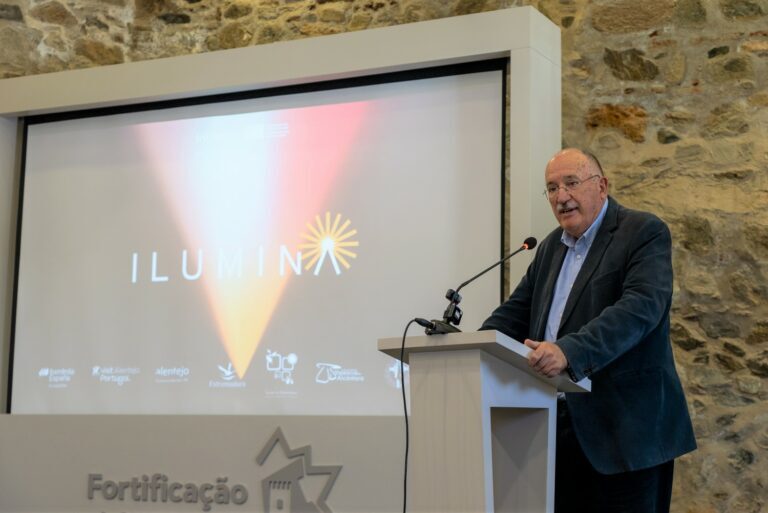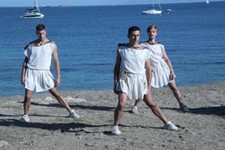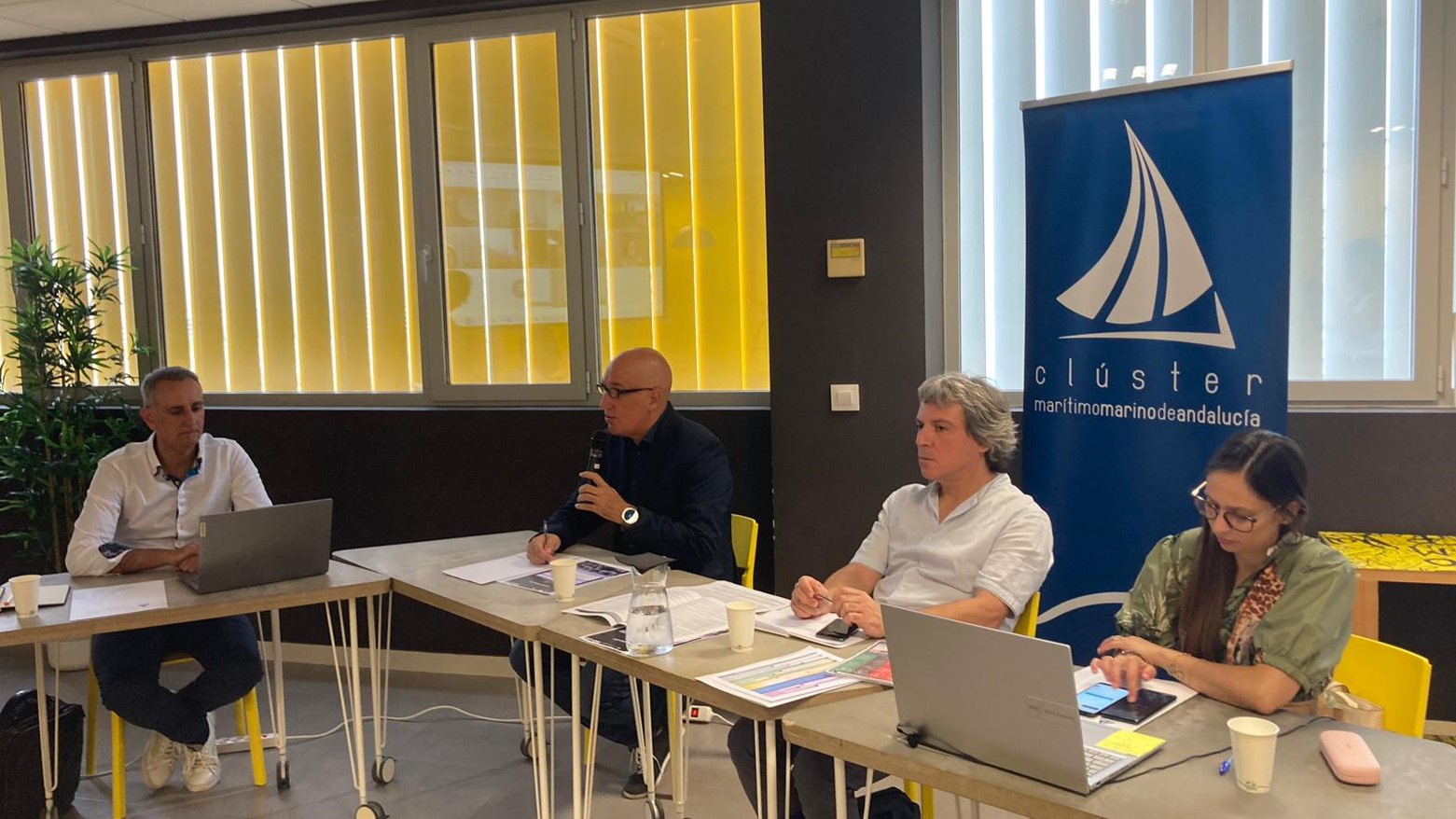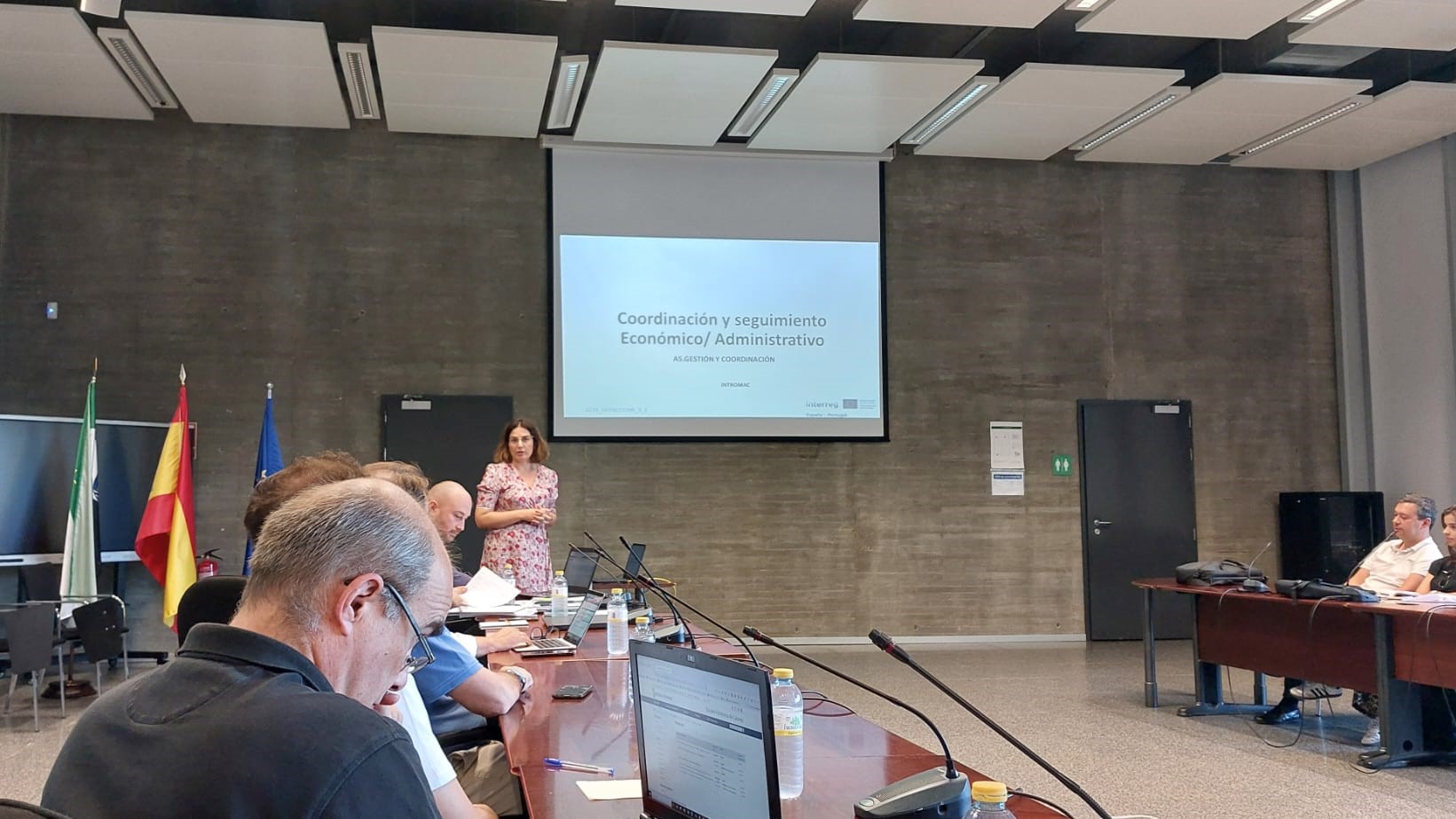Tender Process for the RED CIFT Project
The Extremadura Tourism Cluster is launching a new tender process under the principles of publicity, competition, transparency, confidentiality, equality, and non-discrimination. Managed as a minor contract, this process aims to promote nautical tourism through a strategic study of the Tajo Nautical Destination, focusing on the Alcántara Reservoir and its connection to the Beira Baixa region in Portugal.

Purpose of the Tender
El objetivo principal de la licitación es la contratación de una empresa especializada en turismo náutico para desarrollar un estudio de planificación estratégica que contemple:
- Geographical delimitation of the destination and barrier analysis.
- Identification of collaborating entities and analysis of local heritage.
- Evaluation of potential stops and complementary land routes.
- Strategic planning of actions for the creation of sustainable and marketable tourism products.
Additionally, the study will include the design of nautical-terrestrial itineraries that connect the region and promote local economic and tourism development.
Timeline of the Process
- Tender Advertisement: 5 to 12 December 2024
- Tender Closing: 12:00 PM, 12 December 2024
- Selection of Awarded Company: 12 and 13 December 2024
- Announcement of Winning Company: 16 December 2024
Key Dates for Deliverables:
- First Draft: 30 December 2024
- Second Draft: 30 March 2025
- Final Submission: 30 June 2025
Project Description
The study is part of the RED CIFT Project (Network of Cross-Border Iberian River Cruises), an initiative designed to position river cruises between Spain and Portugal as a prestigious international tourism brand. This effort aims to connect the natural and cultural heritage of both regions through sustainable nautical itineraries, offering unique experiences for visitors while generating a positive impact on the local economy.
Award Criteria
The contract will be awarded to the most economical proposal that meets the technical specifications of the project. In the event of a tie, factors such as the percentage of employees with disabilities in the workforce of the participating companies will be considered.
The Technical Specification is attached, detailing all requirements and the scope of the requested services. If you are interested, we invite you to submit your proposal within the stipulated deadline. We remain available for any questions or clarifications.



 The purpose of the tender is the acquisition and installation of cameras with artificial intelligence technology, as well as the implementation of a data management platform. These actions are aimed at incorporating advanced technology for the monitoring and conservation of cultural heritage, in line with the protection objectives of the ILUMINA Project.
The purpose of the tender is the acquisition and installation of cameras with artificial intelligence technology, as well as the implementation of a data management platform. These actions are aimed at incorporating advanced technology for the monitoring and conservation of cultural heritage, in line with the protection objectives of the ILUMINA Project.





















 For this 70th edition, the Festival Internacional de Teatro Clasico de Mérida has staged a series of activities in line with the project values and concepts. At the same time, it has promoted several archaeological spaces in town that during the shows have involved the community and promoted the potential of using the city’s cultural heritage. “Diálogo” is the word that defines Dancing Histor(y)ies, the dialogue between the performing arts and cultural heritage, the dialogue between institutions and different countries. Proof is the fact that culture is a key to open doors to cross borders and establish collaborations. The artistic partners who presented their shows were ilDance, with a staging at the Roman Forum ‘Un día seremos estatuas’, and the group 420PEOPLE, with “Ícaro” at the Templo de Diana.
For this 70th edition, the Festival Internacional de Teatro Clasico de Mérida has staged a series of activities in line with the project values and concepts. At the same time, it has promoted several archaeological spaces in town that during the shows have involved the community and promoted the potential of using the city’s cultural heritage. “Diálogo” is the word that defines Dancing Histor(y)ies, the dialogue between the performing arts and cultural heritage, the dialogue between institutions and different countries. Proof is the fact that culture is a key to open doors to cross borders and establish collaborations. The artistic partners who presented their shows were ilDance, with a staging at the Roman Forum ‘Un día seremos estatuas’, and the group 420PEOPLE, with “Ícaro” at the Templo de Diana.















 Antonio Marín, Director of the Centre for Performing Arts and Music of Extremadura (CEMART), emphasised that “dialogue” is the word that defines Dancing Histor(y)ies, highlighting the importance of communication between performing arts and heritage, among different institutions, and across various countries. This approach demonstrates that “culture is a key that opens doors to cross borders and establish collaborations.” Marín also noted that the Mérida Festival is the only event held in four archaeological sites, reinforcing its uniqueness and commitment to heritage conservation while crossing borders throughout Europe.
Antonio Marín, Director of the Centre for Performing Arts and Music of Extremadura (CEMART), emphasised that “dialogue” is the word that defines Dancing Histor(y)ies, highlighting the importance of communication between performing arts and heritage, among different institutions, and across various countries. This approach demonstrates that “culture is a key that opens doors to cross borders and establish collaborations.” Marín also noted that the Mérida Festival is the only event held in four archaeological sites, reinforcing its uniqueness and commitment to heritage conservation while crossing borders throughout Europe.




